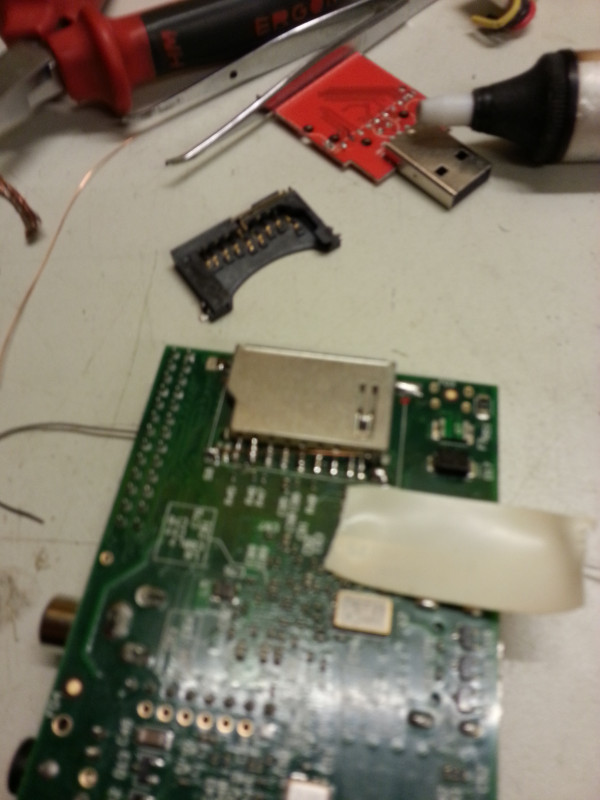Some Education While Feeding a Code Troll
It doesn’t happen often that i feel inclined to comment on something that is not part of my daily work life. Today, I’ll make an exception because a decent answer does not fit into 140 chars. It all started out …
